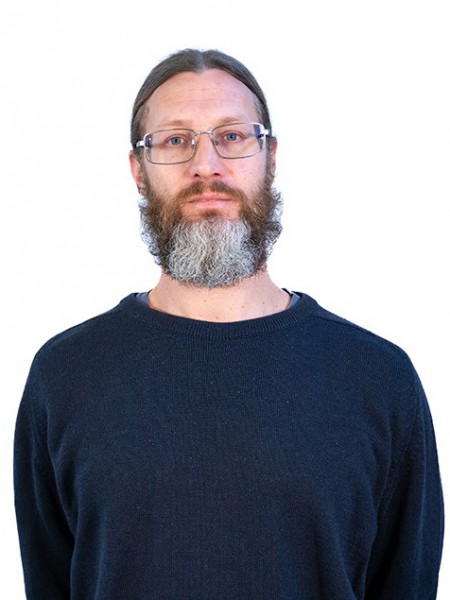resumo
One of the established tissue engineering strategies relies on the fabrication of appropriate materials architectures (scaffolds) that mimic the extracellular matrix (ECM) and assist the regeneration of living tissues. Fibrous structures produced by electrospinning have been widely used as reliable ECM templates but their two-dimensional structure restricts, in part, cell infiltration and proliferation. A recent technique called thermally-induced self-agglomeration (TISA) allowed to alleviate this drawback by rearranging the 2D electrospun membranes into highly functional 3D porous-fibrous systems. Following this trend, the present research focused on preparing polycaprolactone/chitosan blends by electrospinning, to then convert them into 3D structures by TISA. By adding different amounts of chitosan, it was possible to accurately modulate the physicochemical properties of the obtained 3D nanofibrous scaffolds, leading to highly porous constructs with distinct morphologic and mechanical features. Viability and proliferation studies using adult human chondrocytes also revealed that the biocompatibility of the scaffolds was not impaired after 28 days of cell culture, highlighting their potential to be included into musculoskeletal tissue engineering applications, particularly cartilage repair.
palavras-chave
OSTEOGENIC DIFFERENTIATION; MECHANICAL-BEHAVIOR; ARTICULAR-CARTILAGE; ELECTROSPUN; POLYCAPROLACTONE; FABRICATION; PCL/PLA
categoria
Engineering; Materials Science
autores
Pereira, AL; Semitela, A; Girao, AF; Completo, A; Marques, PAAP; Guieu, S; Fernandes, MHV
nossos autores
Projectos
CICECO - Aveiro Institute of Materials (UID/CTM/50011/2019)
agradecimentos
Fundacaio para a Ciencia e a Tecnologia (FCT), Grant/Award Number: SFRH/BD/133129/2017; FCT/MEC, Grant/Award Numbers: UIDB/50006/2020, UID/CTM/50011/2019, UIDB/50011/2020, UIDP/50011/2020, UIDB/00481/2020, UIDP/00481/2020; University of Aveiro; European Union



